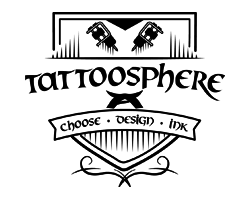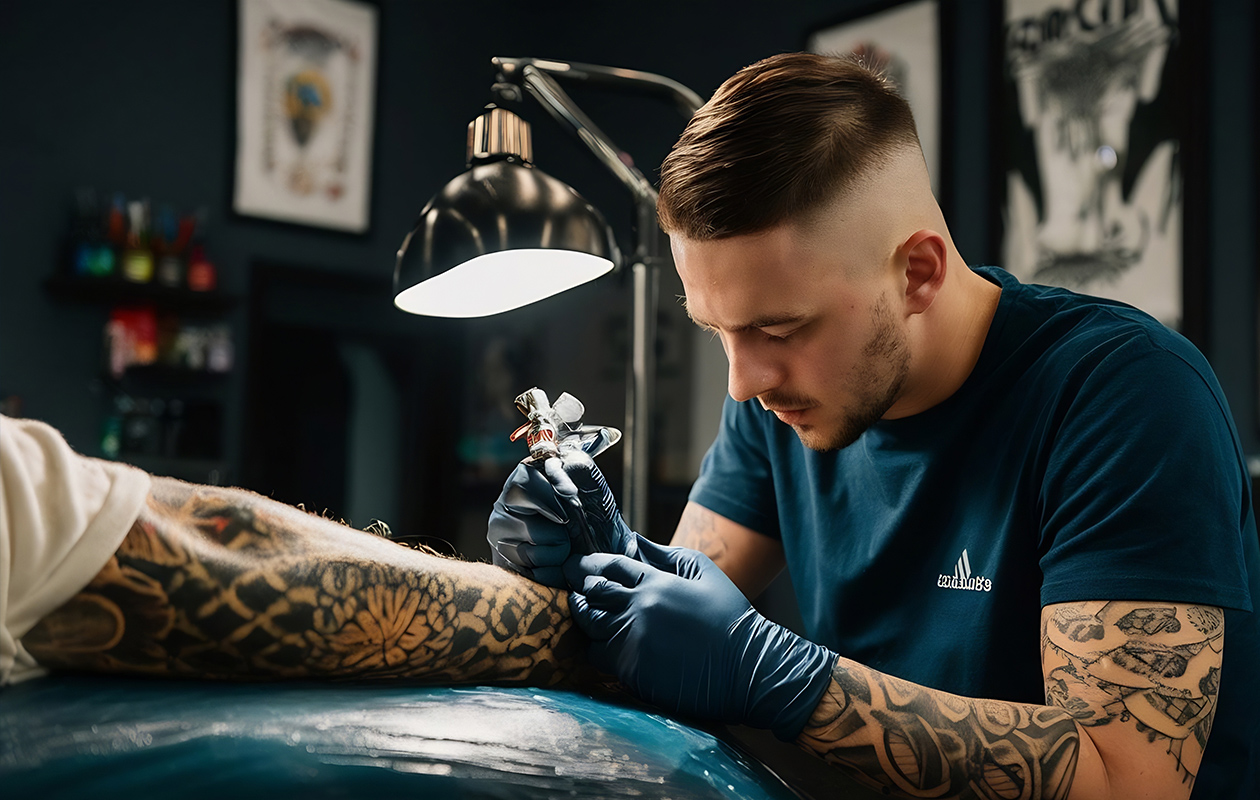The Journey of Tattoo Students at Tattoosphere Tattoo Studio — From First Line to Confident Artist
Introduction — Why Structured Tattoo Training Matters
Becoming a professional tattoo artist requires far more than artistic interest. It demands technical control, hygiene discipline, client communication skills, and long-term thinking. Many beginners feel excited when they first hold a tattoo machine, but without structured guidance, progress can become slow, unsafe, or inconsistent.
This is where professional tattoo training in Delhi plays a crucial role. At Tattoosphere Tattoo Studio | Tattoo Academy, students follow a curriculum designed to prepare them for real-world tattooing—combining hands-on practice, safety protocols, healed-portfolio requirements, and business fundamentals.
Below are the journeys of five students who trained at Tattoosphere. Each story highlights how focused mentorship and structured learning help artists grow from beginners into confident professionals.
Aarav — From Graphic Designer to Fine-Line Tattoo Specialist
Background and Motivation
Aarav came from a graphic design background, specialising in minimal logos and crisp linework. He recognised that his digital skills could translate into fine-line tattoos but needed guidance to adapt precision work to living skin.
Training Path
Aarav enrolled in the fine-line specialisation track, focusing on:
- Daily line-control drills and machine grip correction
- Needle depth management and skin tension techniques
- Supervised fine-line tattoos on live models
Growth and Outcome
By the fourth week, Aarav achieved consistent line quality. By the end of training, he had a healed portfolio of over 30 fine-line tattoos and began booking small-script and minimalist designs regularly.
Loveleena — Developing Expertise in Portrait and Realism Tattoos
Background and Motivation
With a background in classical painting, Loveleena was drawn to realism tattoos. Her goal was to translate shading, contrast, and emotional depth into large-scale portrait work.
Training Path
She joined the realism and portrait track, which included:
- Grayscale value studies on paper and practice skins
- Advanced needle grouping for smooth tonal transitions
- Mentor-guided portrait tattoos with healed-result tracking
Growth and Outcome
Through controlled layering and healing analysis, Loveleena built a strong realism portfolio. She now accepts portrait commissions and assists with advanced realism workshops.
Raj — From Beginner Tattooist to Studio Owner
Background and Motivation
Raj had informal tattoo experience but lacked professional training and business knowledge. His aim was to open a licensed, hygienic tattoo studio.
Training Path
Alongside core tattoo training, Raj completed the studio management module, covering:
- Legal compliance, sterilisation audits, and documentation
- Pricing strategies and appointment systems
- Client consent, aftercare documentation, and workflows
Growth and Outcome
After completing the course, Raj successfully launched his own studio, implemented professional hygiene systems, and began mentoring junior artists within six months.
Nisha — Becoming a Colour Tattoo Specialist
Background and Motivation
Nisha’s background in textile design gave her a strong understanding of colour theory. She wanted to master pigment behaviour, blending, and long-term colour retention on different skin tones.
Training Path
Her colour-focused training included:
- Pigment chemistry and brand comparisons
- Layering techniques for saturated and watercolor effects
- Healed colour analysis and correction strategies
Growth and Outcome
Nisha developed a vibrant, healed colour portfolio and now offers detailed colour consultations and larger neo-traditional tattoo projects.
Sameer — Combining Piercing and Tattoo Services
Background and Motivation
Already an experienced piercer, Sameer wanted to expand into tattooing to offer combined body modification services.
Training Path
Sameer followed an integrated training approach, focusing on:
- Cross-discipline hygiene and scheduling protocols
- Small tattoos suited for piercing clients
- Client education for combined aftercare planning
Growth and Outcome
He now offers bundled tattoo-and-piercing services, increasing client retention and average booking value while maintaining high safety standards.
What Tattoosphere Teaches Beyond Technique
Across all student journeys, five core principles consistently shape professional success:
1. Safety and Sterilisation
Students are trained in autoclave use, infection control, PPE protocols, and proper waste disposal.
2. Healed Portfolio Focus
Only healed tattoos count toward graduation, ensuring students understand long-term results.
3. Business and Client Management
Pricing, consent handling, dispute resolution, and basic marketing are integral parts of training.
4. Mentorship and Community
Ongoing critiques, alumni networks, and guest sessions provide continuous support.
5. Specialisation Pathways
Students can focus on fine-line, realism, colour, cover-ups, or studio operations.
Key Takeaways for Aspiring Tattoo Artists
Document everything: Before, fresh, and healed photos build credibility.
Practice deliberately: Focused daily drills outperform random long sessions.
Never compromise on hygiene: Safety protects both clients and careers.
Choose a niche: Specialisation leads to better positioning and pricing.
Learn the business: Professional skills sustain long-term success.
Final Thoughts
The journeys of these students show that tattoo success is not accidental—it is built through structured learning, mentorship, and disciplined practice.
For those serious about becoming professional artists, Tattoosphere Tattoo Studio | Tattoo Academy offers a training environment where creativity is supported by safety, skill, and real-world readiness.









